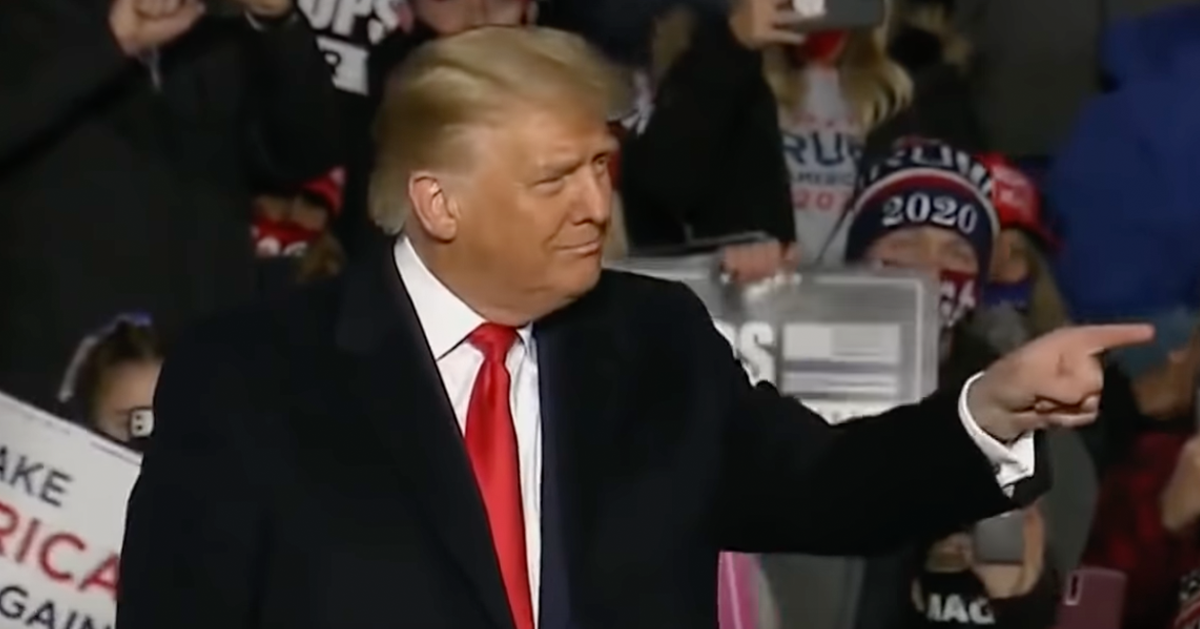Diversity Numbers Drop at Elite Colleges in Wake of SCOTUS Affirmative Action Decision
Recent statistics reveal a sharp decline in Black and Latino student numbers at top U.S. universities after a pivotal U.S. Supreme Court ruling last year.
Since the high court's decision in June 2023 against affirmative action in higher education, major universities have noted a decrease in minority enrollment now that the more color-blind standards sought by conservatives are in place, as Newsmax reports.
In June 2023, the Supreme Court in a 6-3 decision found the admissions programs at the University of North Carolina and Harvard to be unconstitutional.
The Court ruled that these programs violated the equal protection clause, which has had immediate effects on the demographics of incoming college students.
The Impact on University Admissions
The fallout from this decision has been profound. Several universities have reported significant drops in Black and Latino student enrollments.
For instance, the Massachusetts Institute of Technology (MIT) now reports that Black, Hispanic, and other minority groups constitute only 16% of the class of 2028, down from 25% in prior years.
Amherst College and Tufts University also experienced notable declines. Amherst saw an 8-percentage point reduction in Black student enrollment, Tufts a 3-point drop, and the University of Virginia nearly a 1-point decrease.
The University of North Carolina reported a steep decline as well, with Black first-year and transfer student numbers falling by more than 25% and new Hispanic student enrollments by 7% for this academic year.
New Strategies for Campus Diversity
These statistics have ignited a broader discussion about how colleges can maintain diverse student bodies in the absence of affirmative action. Universities across the nation are now challenged to devise new admission strategies that comply with the legal landscape while still promoting diversity.
Timothy Welbeck, director of the Center of Anti-Racism at Temple University, highlighted the expected challenges.
"This is about what people anticipated when the Supreme Court decision came down last summer, in part because affirmative action was a tool among many that was seeking to mitigate some of these systemic impediments to marginalized groups' ability to enter into competitive postsecondary institutions," he stated.
"And so removing one of those tools would then make it harder for members of those groups to gain admittance to some of these institutions," Welbeck added, underscoring the difficult road ahead for both students and universities.
Exploring Alternatives to Affirmative Action
The Supreme Court's ruling does not end the conversation on diversity in higher education but rather shifts it towards finding viable alternatives that withstand legal scrutiny.
Institutions are exploring various methods, such as increased outreach to underrepresented communities and reconsidering the weight of standardized test scores.
Some schools are considering socio-economic factors more heavily in their admissions processes, a move that could indirectly benefit minority applicants without contravening the Court's ruling.
However, the effectiveness of these new approaches remains to be seen, and the academic community remains divided on the best paths forward.
Long-term Effects on Higher Education
The long-term implications of the Supreme Court's decision are still unfolding. As universities adapt their admissions policies, the landscape of higher education may undergo significant transformations.
This shift could potentially reshape not only the demographic makeup of student bodies but also influence campus culture and the broader discussion about equality and access to education in the U.S.
As these changes take effect, the nation watches closely to see how these top institutions will navigate the post-affirmative action era in education.





